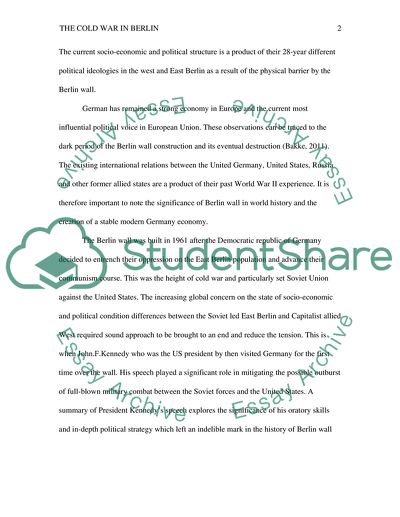Cite this document
(“The Cold War in Berlin Research Paper Example | Topics and Well Written Essays - 1750 words”, n.d.)
The Cold War in Berlin Research Paper Example | Topics and Well Written Essays - 1750 words. Retrieved from https://studentshare.org/history/1643681-the-cold-war-in-berlin
The Cold War in Berlin Research Paper Example | Topics and Well Written Essays - 1750 words. Retrieved from https://studentshare.org/history/1643681-the-cold-war-in-berlin
(The Cold War in Berlin Research Paper Example | Topics and Well Written Essays - 1750 Words)
The Cold War in Berlin Research Paper Example | Topics and Well Written Essays - 1750 Words. https://studentshare.org/history/1643681-the-cold-war-in-berlin.
The Cold War in Berlin Research Paper Example | Topics and Well Written Essays - 1750 Words. https://studentshare.org/history/1643681-the-cold-war-in-berlin.
“The Cold War in Berlin Research Paper Example | Topics and Well Written Essays - 1750 Words”, n.d. https://studentshare.org/history/1643681-the-cold-war-in-berlin.


